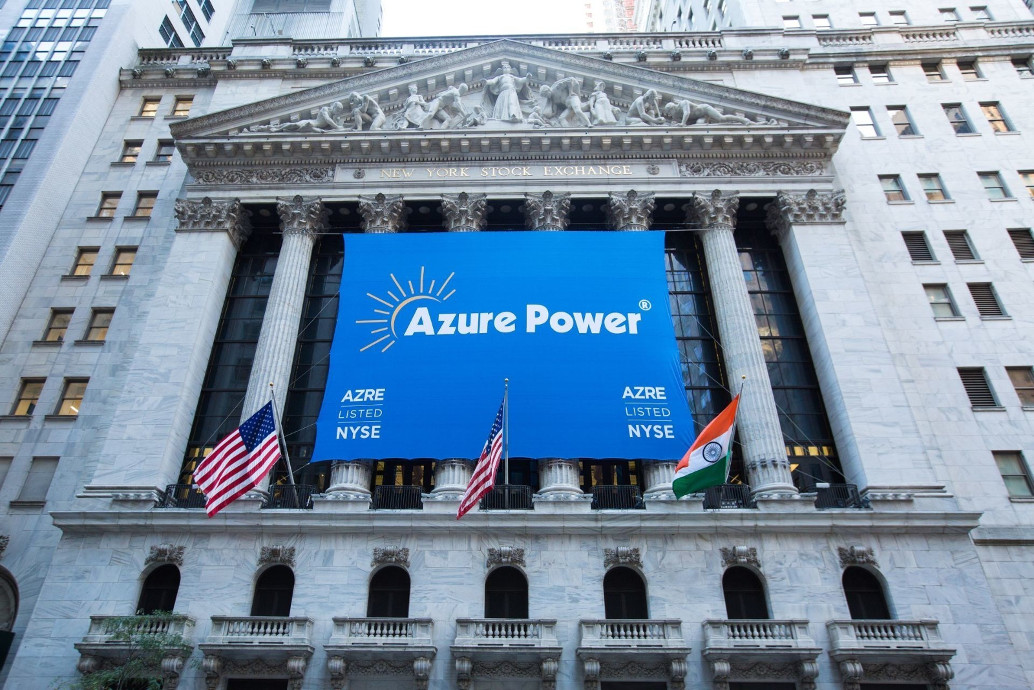Allaying fears the Solar Energy Corporation of India (SECI) may scrap its much-hyped 10 GW manufacturing-linked tender after six postponements and a tepid response from developers, the agency has decided to forge ahead with lone bidder Azure Power.
The Delhi-based developer that made headlines this year by matching India’s lowest solar energy tariff, has bid for a 2 GW project on a single site, as well as 600 MW of manufacturing capacity.
Though that means the mammoth tender has been under-subscribed by almost 75%, there will be no further extension or a cancellation of the exercise.
With a low tariff ceiling and the India-based manufacturing requirement big deterrents, all the other major industry players shied away from the tender, for which the last submission date was on Monday. Foreign developers also steered clear, says IHS Markit’s Dharmendra Kumar, put off by policy uncertainty and the imposition of safeguarding duty on panels imported by India from China and Malaysia.
Industry watchers expected SECI to again extend, or even to scrap the tender, after receiving only one bid. After the sixth postponement, a financial daily newspaper reported the final set of changes had already been made to the tender conditions, and the government was unlikely to further relax the terms.
Hybrid tender also disappoints
In May, SECI had tendered for 10 GW of solar projects with successful bidders having to offer a total of 5 GW of domestic solar manufacturing capacity. Later, the agency reduced the manufacturing capacity requirement to 3GW and the minimum project bid capacity from 1 GW to 600 MW.
Hit by a no-show by bidders at auctions this month, SECI then raised the ceiling price for the mega tender by 10 paise to Rs2.85 per unit.
Elsewhere, India’s first hybrid solar and wind tender – with a 1.2 GW capacity – was also undersubscribed, by 150 MW, with only Adani Green Energy (600 MW) and the Softbank-backed SB Energy (450 MW) bidding. The last submission date for bids was on Tuesday.
SECI had floated the tender in May, seeking bids for 2.5 GW of hybrid projects, with the size later whittled down to 1.2 GW.
IHS analyst Kumar told pv magazine SECI is planning to conduct tenders for a further 4 GW of solar between next month and February, and called for the government to incentivize domestic production so Indian manufacturers can increase their output and approach the level of their foreign peers on pricing and quality.
This article was amended on 22/11/18 to include the comments of IHS Markit’s Dharmendra Kumar.
This content is protected by copyright and may not be reused. If you want to cooperate with us and would like to reuse some of our content, please contact: editors@pv-magazine.com.








1 comment
By submitting this form you agree to pv magazine using your data for the purposes of publishing your comment.
Your personal data will only be disclosed or otherwise transmitted to third parties for the purposes of spam filtering or if this is necessary for technical maintenance of the website. Any other transfer to third parties will not take place unless this is justified on the basis of applicable data protection regulations or if pv magazine is legally obliged to do so.
You may revoke this consent at any time with effect for the future, in which case your personal data will be deleted immediately. Otherwise, your data will be deleted if pv magazine has processed your request or the purpose of data storage is fulfilled.
Further information on data privacy can be found in our Data Protection Policy.